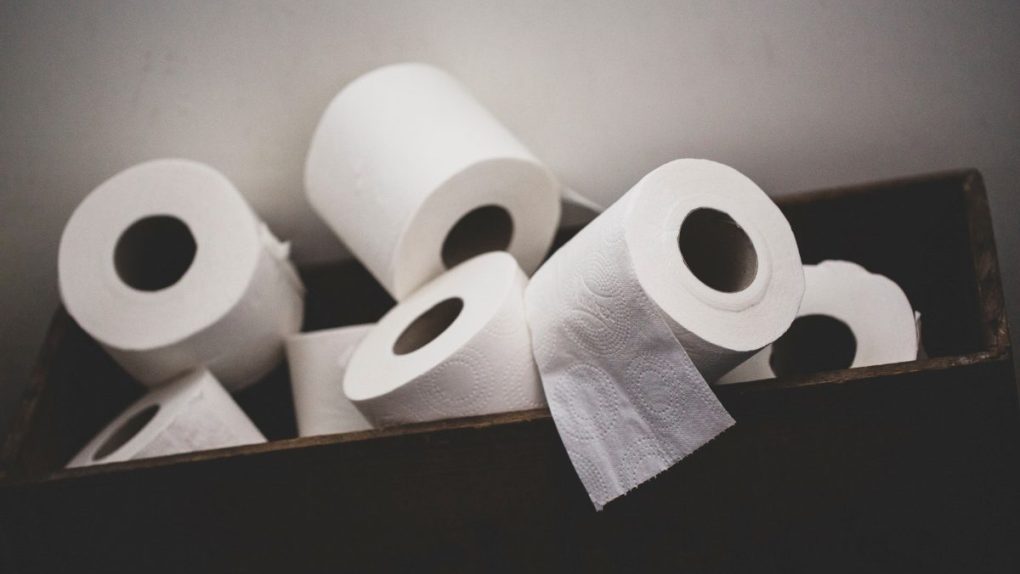The frequent fliers amongst you will no doubt be aware that newer airplanes come with increasingly quieter cabins, which can make long flights a little more bearable, but can also be something of a double-edged sword. If you read the title, you already know where we’re going with this.
The reduced noise level only amplifies the volume of passengers flushing the toilet, which generally sounds like a terrifying approximation of standing with your head in a jet engine. Luckily, though, some Brigham Young University physicists think they’ve solved the intractable problem of the overly loud airplane loo.
According to ScienceDaily, it took two years of experimentation, thousands of flushes and three academic publications. The result: A proposed design for a vacuum-assisted toilet which they say is about half as loud as the regular airplane toilet.
The problem is that vacuum-assisted toilets haven’t really changed that much over the last quarter century. Per ScienceDaily, airplane toilets flush with only a little little water — and, being thousands of miles up in the air, they also use a “partial vacuum” which pulls air at a little less than half the speed of sound. Consider that, according to analysis from these researchers, the flow in airplane toilets can travel at more than 300 miles per hour.
To bring the noise level down, the BYU physicists tweaked the toilet valve design, which included adding more piping to extend the distance between the toilet and flush valve. Playing around with that, including adjusting the bend of the bowl’s pipe attachment, ended up dropping the noise level up to 16 decibels during the flush valve opening. The ScienceDaily report says the noise fell between 5 and 10 decibels when the valve is opened all the way.
This is only a design for now, but the good news is it wouldn’t require a comprehensive retrofit on existing airplanes. According to this new design, all you’d have to really do is remove the toilet’s elbow while making the adjustments. The rest of the commode pretty much stays intact.
“At the end of the day,” lead researcher Kent Gee told ScienceDaily, “this is about using science to improve a user experience. It’s an important part of making flights more comfortable for customers.”








